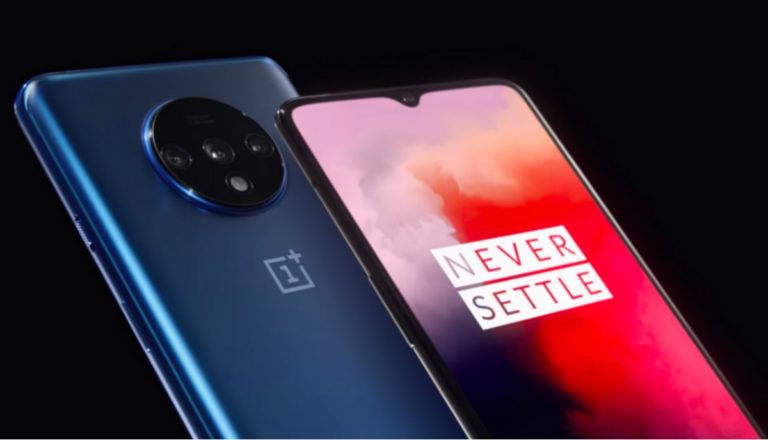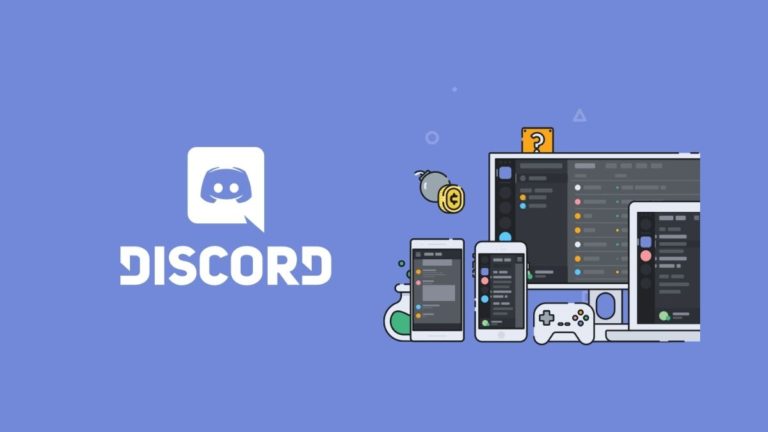5 Reasons Why Google’s Gemini AI Model Is Better Than ChatGPT
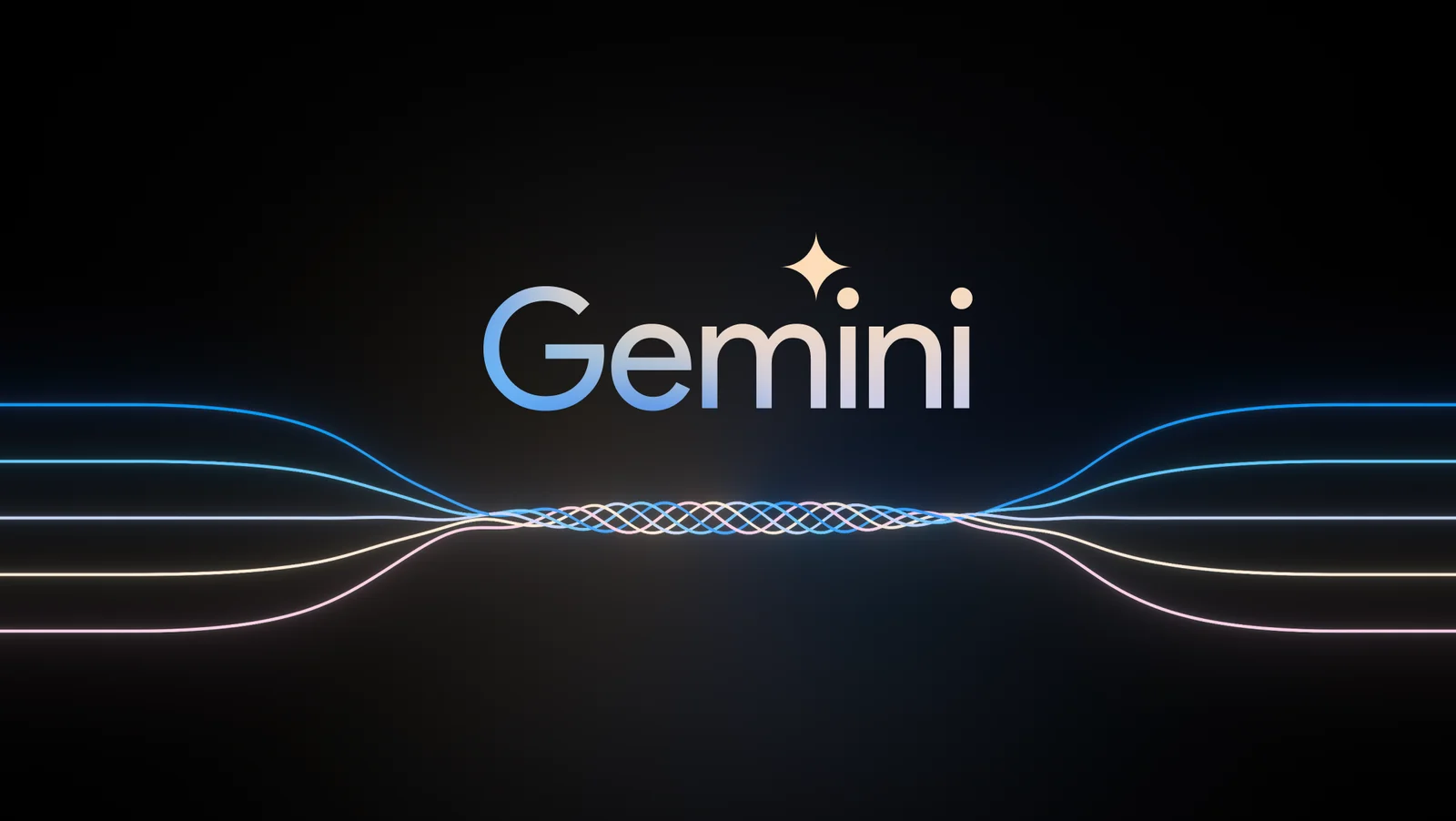
Following the launch of ChatGPT last year, Google found itself in a bit of a scramble, realizing that another company had beaten them to introduce the first generative AI chatbot. This led to the hurried release of Bard, which even Google employees acknowledged as underdeveloped.
However, all this is about to change, as Google has introduced its next-gen AI system, Gemini, to the public. Here is everything you need to know about the chatbot and how it compares to ChatGPT.
Adapting to different devices
Given Google’s plan to integrate Gemini across a wide range of products and services, the company has made different versions of the chatbot tailored for different devices.
For instance, the Gemini Nano version is designed for Pixel devices, allowing on-device AI processing. This reduces dependence on external servers and reassures users that their data remains within the device.
On the other hand, the Gemini Pro version will power Google’s data centers and Bard, which is already running on Gemini at the time of writing. However, perhaps the most exciting announcement was Gemini Ultra. Although this version will launch next year, the company says it is the pinnacle of AI chatbots designed for enterprise applications.
Multimodality at its core
Most AI chatbots have relied on texts as the primary source of input. However, Google says that it built the chatbot with the capability to understand not just text but also the nuances within images, videos, and audio. And although Gemini’s core processing involves text input and output, its advanced version easily handles images, videos, and audio signals.
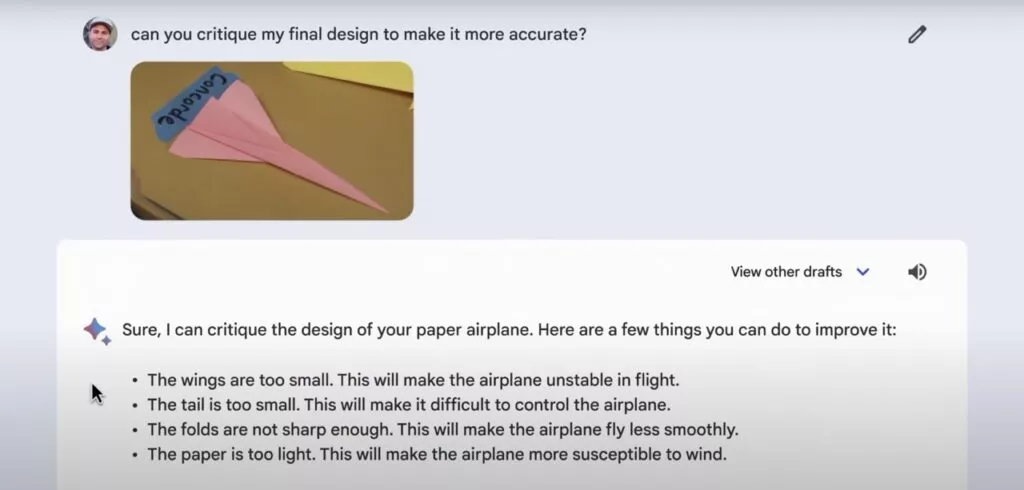
Google DeepMind CEO Demis Hassabis has also outlined a roadmap that expands Gemini’s capabilities into additional senses, like action and touch, similar to robotics.
In a demoshowcasing its capabilities, a presenter drew lines on a paper, prompting Gemini to identify them as “squiggly lines.” However, once a complete duck was drawn with surrounding water, the AI successfully identified it. Moreover, when the presenter colored the duck blue, the AI added a bit of humor and said, “What the quack.”
Improved Coding algorithms
While AI chatbots have significantly simplified coding processes, Google’s Gemini aims to revolutionize this further. This is because the company has introduced AlphaCode 2, a new code-generating system running within Gemini, which surpassed an estimated 85% of competitors in various coding contests.
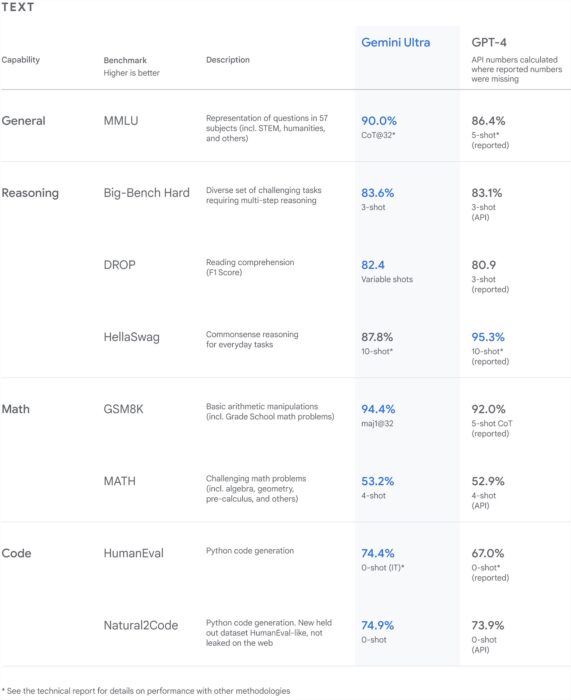
In a detailed analysis of the 12 recent contests, including over 8,000 participants, AlphaCode 2 showcased impressive numbers by solving 43% of problems within ten attempts. This is nearly double the success rate of the original AlphaCode at 25%.
However, perhaps the most significant selling point is its proficiency in dynamic programming, which involves breaking down complex problems into more manageable sub-problems. The model first reasons and designs code solutions for a given problem to make this possible. Then, using a set of policy models, it filters out the irrelevant samples and selects the best solution.
Outperforming in almost every test
To make this development even more exciting, Gemini’s Ultra version outperformed ChatGPT version 4.0 in 30 out of the 32 industry-standard tests, marking a big step forward.
Moreover, it achieved another milestone by becoming the first AI model to surpass human experts in the massive multitask language understanding (MMLU) test. This comprehensive test incorporates 57 subjects, spanning mathematics, physics, history, medicine, law, and ethics, evaluating problem-solving and general knowledge skills.
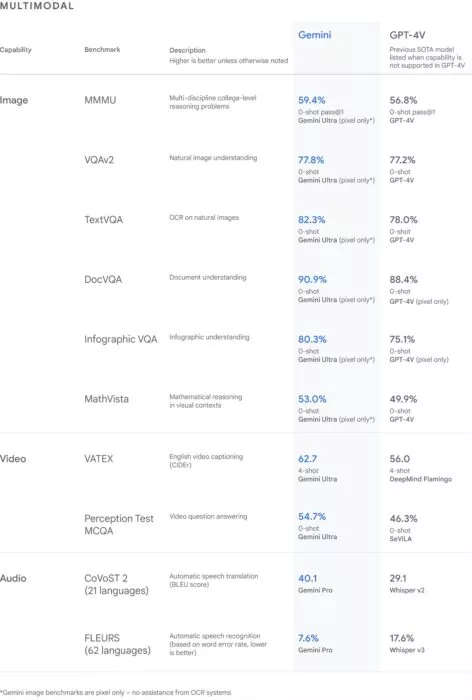
Reliability and efficiency
Considering Google’s plan to release the AI model for its enterprise customers, reliability and efficiency were inherently critical. Built on the foundation of Google’s TPU technology, specifically the TPU v5p, this AI comes out as a faster and more cost-effective solution for training and executing large-scale models within data centers.
Furthermore, when discussing the risks associated with these AI models, Hassabis acknowledged the importance of safety and accountability. As a result, Google has introduced the AI chatbot within a “safer experimentation zone,” allowing for the early detection of security concerns or unexpected behaviors within the AI.
However, it is essential to note that the AI is not entirely immune to potential errors or hallucinations despite these measures. Therefore, the company is also collaborating with numerous industry experts and partners to rigorously test its AI system, aiming to identify any potential blind spots in its testing methodologies.





